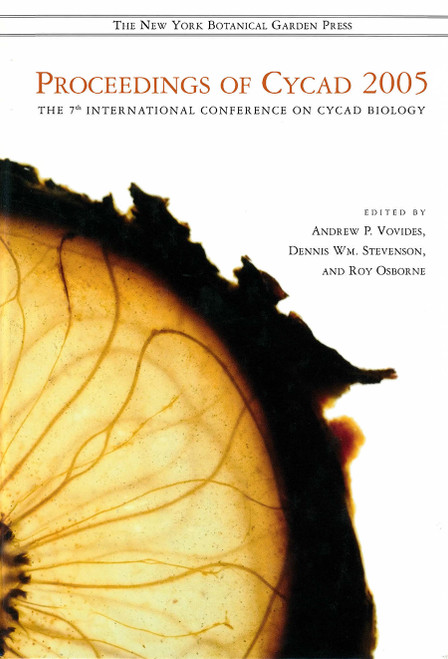This purchase only includes chapter 29 of this title.
Abstract
The morphological and genetic variation of species in Ceratozamia miqueliana complex (C. becerrae, C. miqueliana, C. zoquorum and C. euryphyllidia), from southern Mexico, were analyzed and evaluated using morphometric and genetic population methods. Seventeen vegetative and six reproductive parameters of 48 individuals from four populations were analyzed by discriminant analysis. A total of 58 leaflets were collected from four species out of �ve populations and analyzed using a dominant marker (RAPD’s). The morphometric results show clear differences between the four species (Wilks-λ2 = 373, p < 0.001). However, the Nei genetic distance shows that the C. miqueliana species complex is clustered into three groups. Low levels of genetic diversity within and among populations (Hs = 0.19; Gst = 0.12) were found in this complex. The high genetic value of identity (0.95–0.97) and a correlation between genetic distance and altitude (Mantel test r = 0.67, p < 0.05) appear to show a recent divergence, probably late Miocene to Pleistocene, and a possible ecological speciation or allele differences not yet �xed between taxa.
This paper is in Spanish.












